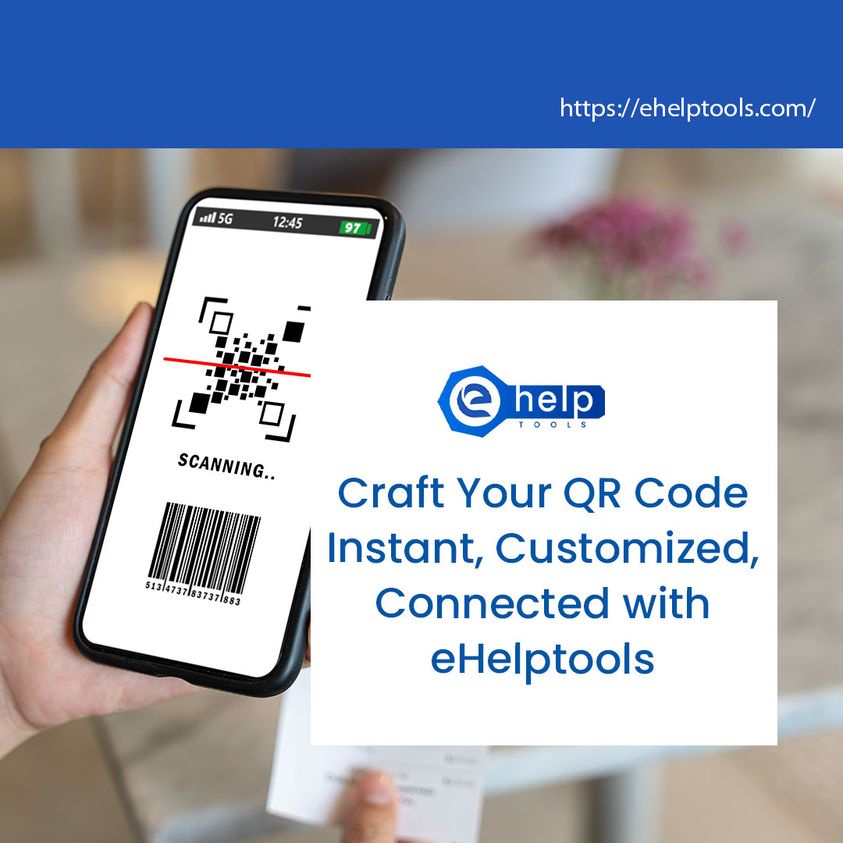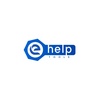In today's fast-paced digital age, convenience is key. We're constantly seeking ways to streamline processes and access information swiftly. One such innovation that has gained widespread popularity is the QR code. You've probably encountered these square-shaped patterns in advertisements, product packaging, or even on restaurant menus. But have you ever stopped to wonder what exactly a QR code is and how you can create one yourself? Let's delve into the fascinating world of QR codes and explore how you can harness their power.
Understanding QR Codes
QR code, short for Quick Response code, is a two-dimensional barcode that contains information encoded within it. Unlike traditional barcodes, which are linear and can only store limited data such as product numbers, QR codes can hold various types of data, including text, URLs, contact information, and more. This versatility makes them incredibly useful across a wide range of applications.
The structure of a QR code consists of black squares arranged on a white background, typically in a square grid. These squares form a unique pattern that can be scanned and interpreted by QR code readers, which are commonly found in smartphones and other mobile devices. Once scanned, the encoded information is instantly accessed, allowing users to access websites, view multimedia content, make payments, and perform various other actions.
Why Use QR Codes?
The widespread adoption of smartphones has made QR codes ubiquitous in our daily lives. Here are some reasons why QR codes are so popular:
Convenience: QR codes provide a quick and easy way to access information without the need to type lengthy URLs or search for specific content manually. With a simple scan, users can instantly connect to websites, download apps, or access exclusive content.
Versatility: QR codes can be used in various contexts, including marketing campaigns, product packaging, event tickets, digital payments, and more. Their versatility allows businesses and individuals to leverage them for different purposes, such as advertising, information sharing, and authentication.
Contactless Interaction: Especially in light of recent events, the contactless nature of QR codes has become increasingly valuable. Whether it's scanning a menu at a restaurant or making a mobile payment, QR codes minimize physical contact and enhance safety.
Trackability: For businesses and marketers, QR codes offer valuable insights into consumer behavior. By tracking scans and analyzing data, organizations can measure the effectiveness of their campaigns, track engagement metrics, and make data-driven decisions.
How to Create a QR Code
Now that we understand the significance of QR codes, let's explore how you can create your own:
Step 1: Determine the Type of Content
Before generating a QR code, decide what type of content you want to encode. This could be a website URL, contact information, text message, Wi-Fi network credentials, or any other data that you want to share or store.
Step 2: Choose a QR Code Generator
Several online tools and software applications allow you to generate QR codes for free. Popular options include QR Code Monkey, QR Code Generator, and Kaywa QR Code. Choose a reputable generator that offers the features you need and supports the type of content you want to encode.
Step 3: Input the Content
Once you've selected a QR code generator, input the relevant content that you want to encode. For example, if you're creating a QR code for a website URL, enter the URL into the generator's input field. Some generators also offer customization options, allowing you to adjust the size, color, and design of the QR code.
Step 4: Generate the QR Code
After inputting the content, click on the "Generate" or "Create" button to generate the QR code. The generator will process the information and produce a unique QR code image that you can download or copy to use in your desired application.
Step 5: Test the QR Code
Before deploying the QR code, it's essential to test it to ensure that it works correctly. Use a QR code scanner app on your smartphone to scan the code and verify that it redirects to the intended destination or displays the encoded information accurately.
Step 6: Deploy and Promote
Once you've confirmed that the QR code is functioning correctly, you can deploy it in your desired context. This could involve printing it on marketing materials, product packaging, business cards, or digital platforms. Be sure to promote the QR code effectively to encourage users to scan it and engage with the content.
Best Practices for QR Code Usage
While QR codes offer numerous benefits, it's essential to follow best practices to maximize their effectiveness:
Ensure Visibility: Place QR codes in prominent locations where they are easily visible and accessible to users. Avoid cluttered designs or obscured placements that may hinder scanning.
Provide Context: Accompany QR codes with clear instructions or calls-to-action that explain what users can expect by scanning them. This helps to incentivize scanning and enhances user experience.
Test Across Devices: Test QR codes across different devices and platforms to ensure compatibility and functionality. Consider factors such as screen size, resolution, and scanning capabilities to optimize the user experience.
Monitor Performance: Track the performance of QR codes using analytics tools to measure scan rates, engagement metrics, and other relevant data. Use this information to refine your strategies and improve outcomes over time.
Read more: Barcode Creation Online Tool | The Power of a Free Online QR Code Generator
Conclusion
In conclusion, QR codes have revolutionized the way we access and interact with information in today's digital landscape. Their versatility, convenience, and trackability make them valuable tools for businesses, marketers, and individuals alike. By understanding the fundamentals of QR codes and following best practices for their usage, you can harness their power to enhance communication, streamline processes, and engage audiences effectively. So why not unlock the potential of QR codes and embark on your journey of digital connectivity today?
Source: https://sites.google.com/view/ehelptool/blog/creating-your-own-qr-codes


No comments yet